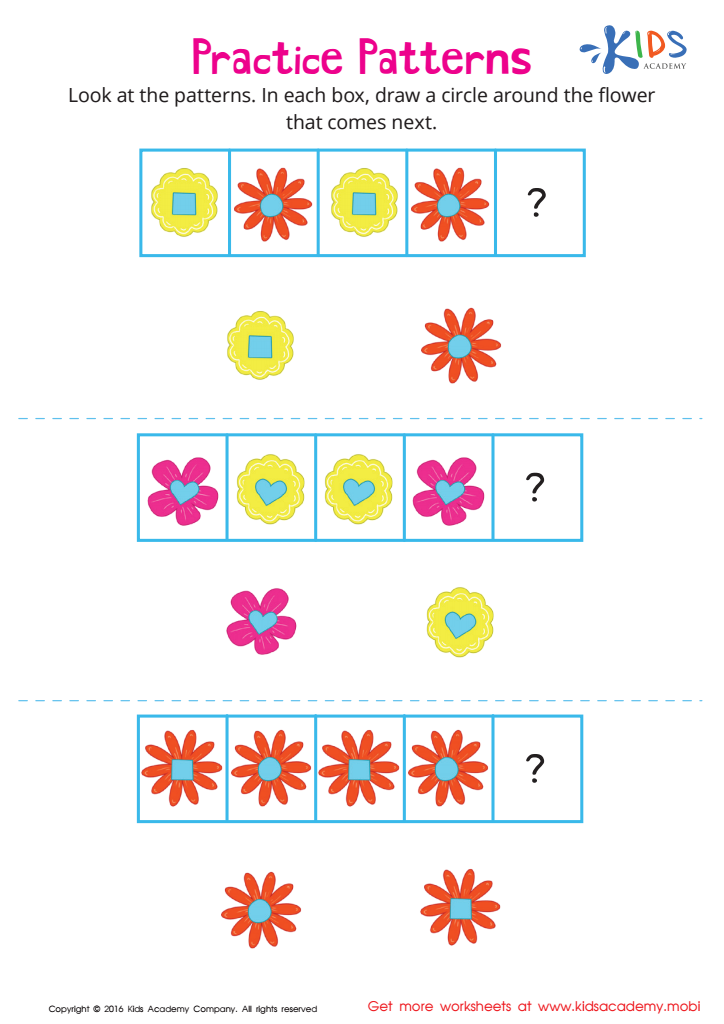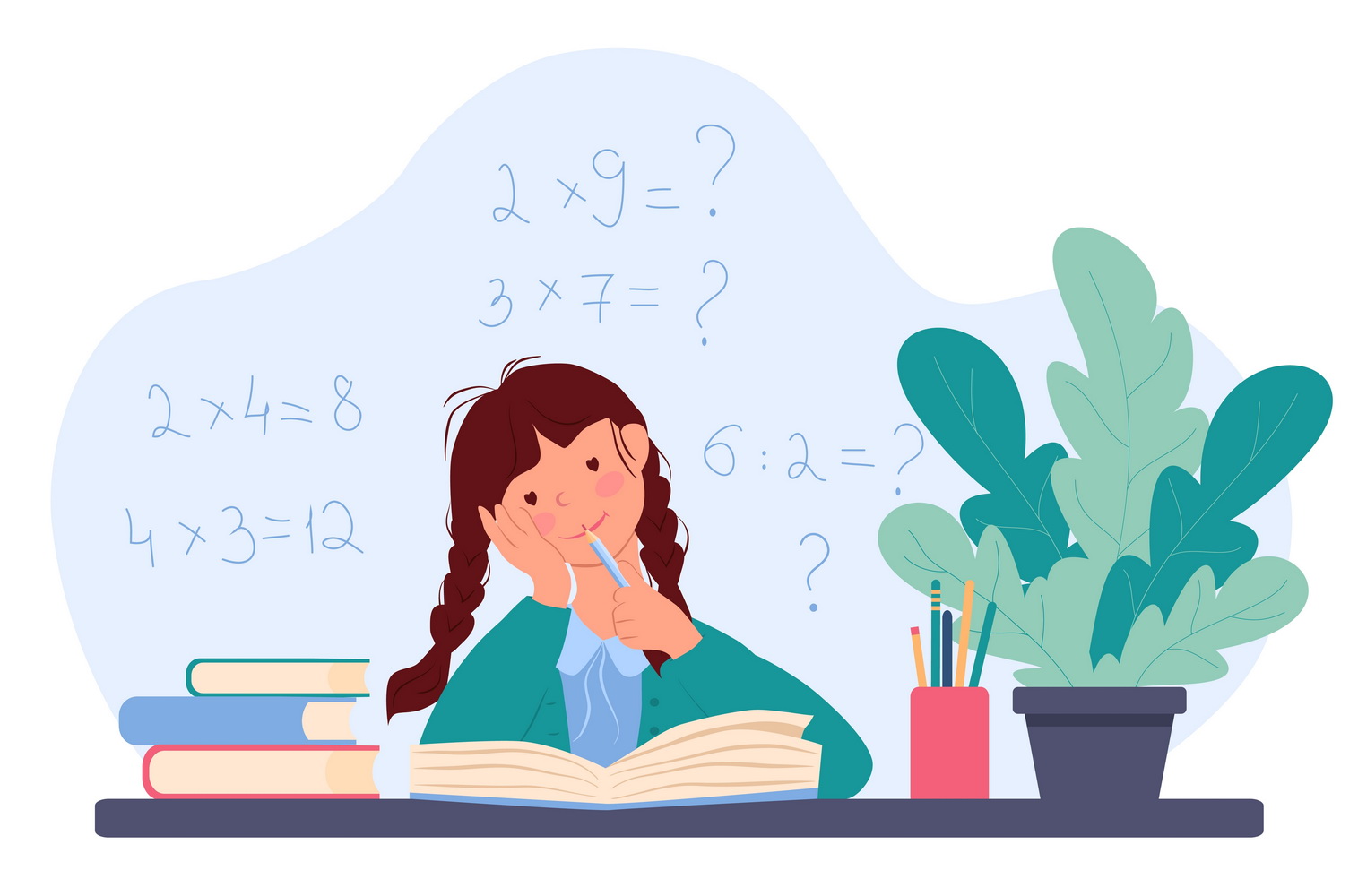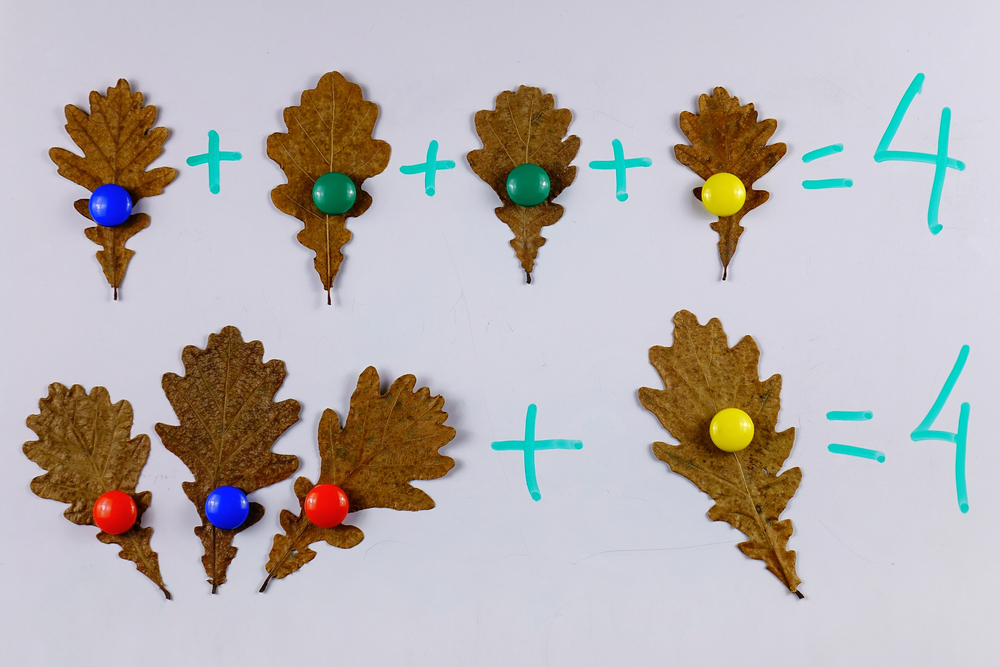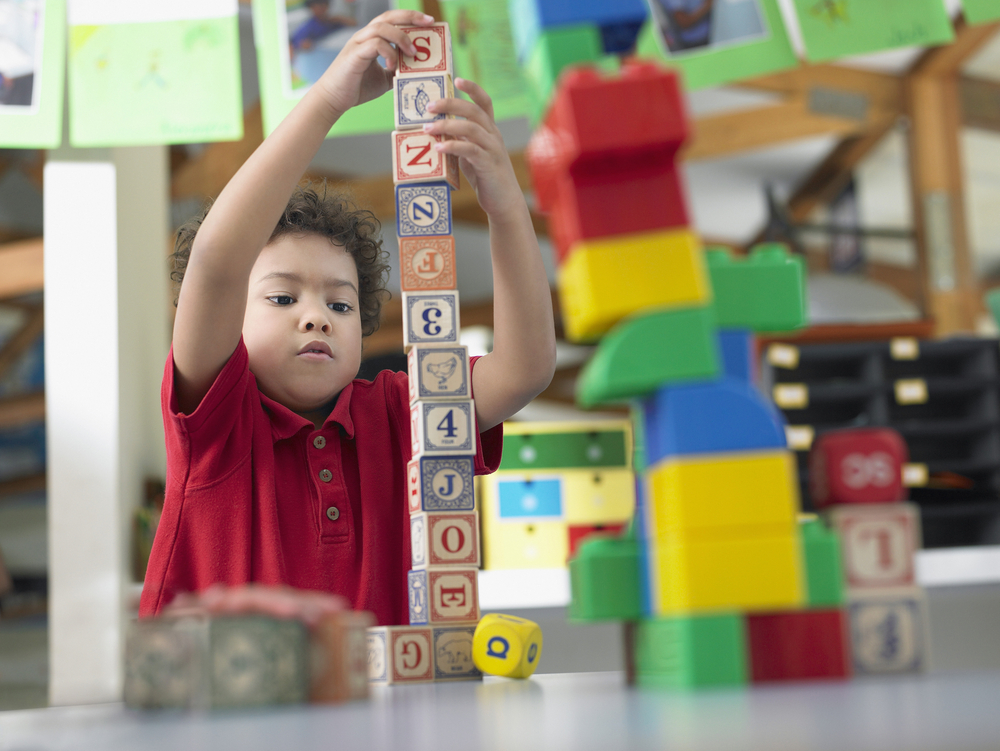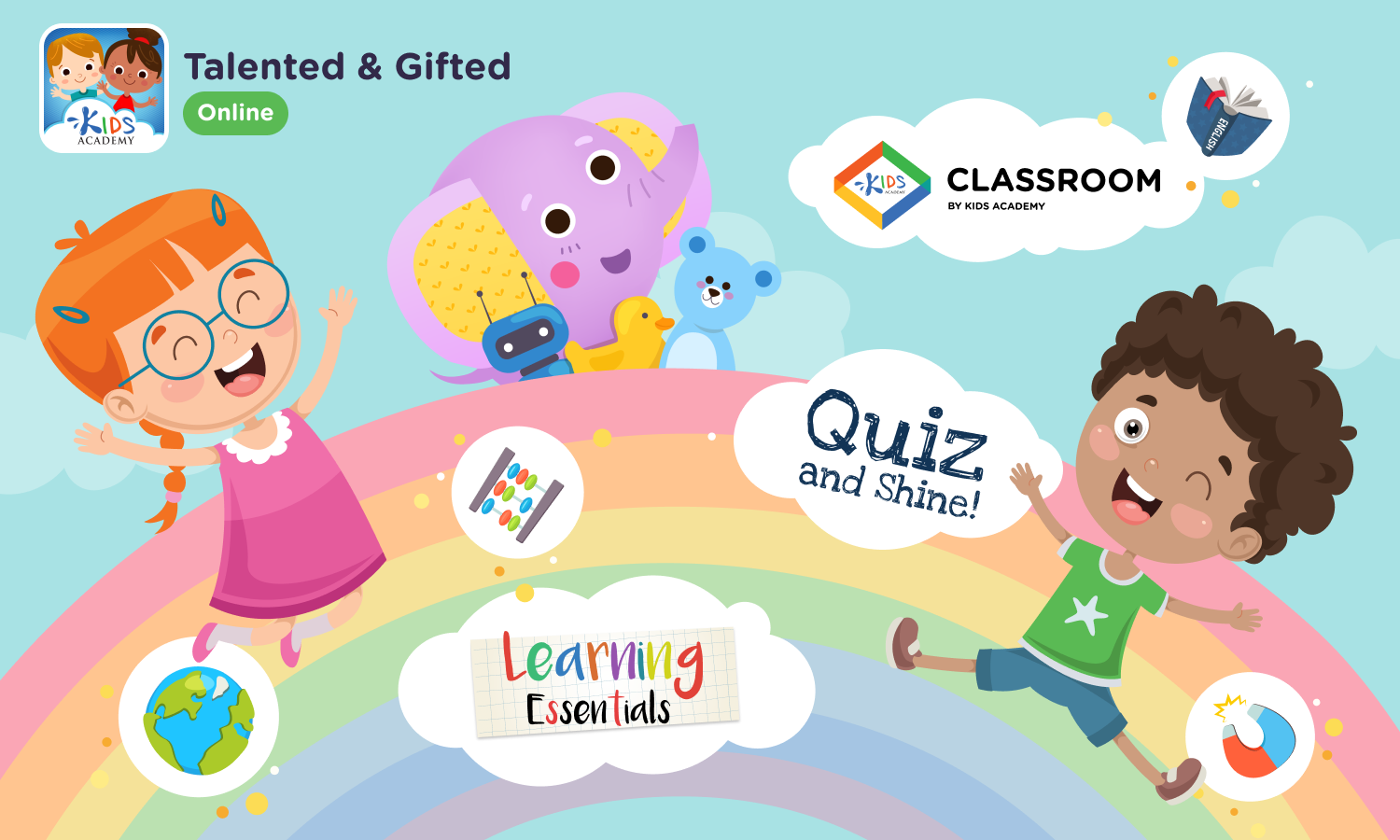Pattern recognition Matching Worksheets for Ages 7-8
3 filtered results
-
From - To
Discover our engaging Pattern Recognition Matching Worksheets designed specifically for children aged 7 to 8. These worksheets provide an exciting way to enhance critical thinking and observational skills as young learners identify and match patterns. Through visually stimulating activities, students will develop essential math skills and improve their cognitive abilities. Ideal for both classroom and home use, our worksheets promote independent learning and creativity. Each worksheet is carefully crafted to ensure a mix of fun and educational value. Explore our collection today to empower your child’s pattern recognition skills and make learning enjoyable! Perfect for early grade practitioners and parents alike.
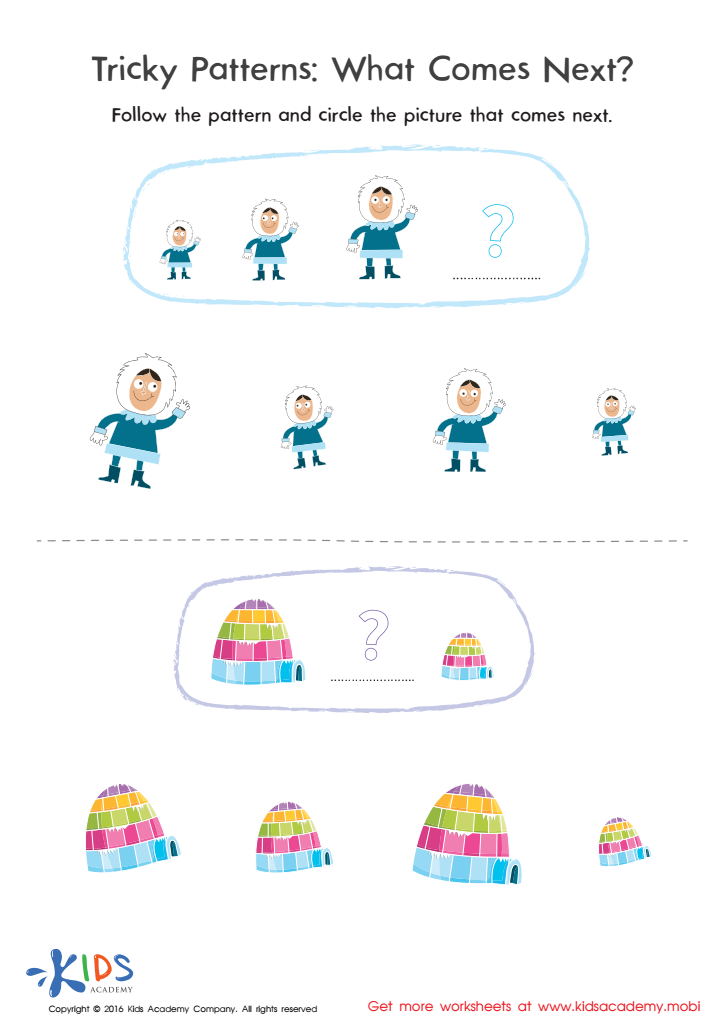

Tricky Patterns Size Worksheet


Logic Game Sorting Worksheet
Pattern recognition and matching are critical cognitive skills that play a fundamental role in a child's development, especially for those aged 7-8, who are at a pivotal point in their learning journey. During this age, children start to encounter more complex concepts in subjects like math, reading, and science. By fostering an understanding of patterns, parents and teachers can help enhance a child’s problem-solving abilities and logical thinking.
Recognizing and matching patterns trains the brain to make connections between pieces of information, improving overall comprehension and retention. This skill not only lays the groundwork for mathematical concepts—such as multiplication and sequences—but also supports literacy development by helping children identify sight words and phonetic patterns in language.
Additionally, pattern recognition is essential in daily life, from understanding routines to developing critical thinking skills, which can be applied when faced with new challenges. Engaging children in activities that promote these skills—like puzzles, games, and visual arts—can also boost their confidence and motivation to learn. Ultimately, by prioritizing pattern recognition and matching, parents and teachers can nurture well-rounded learners equipped to tackle more complex ideas as they progress in their education.
 Assign to My Students
Assign to My Students

